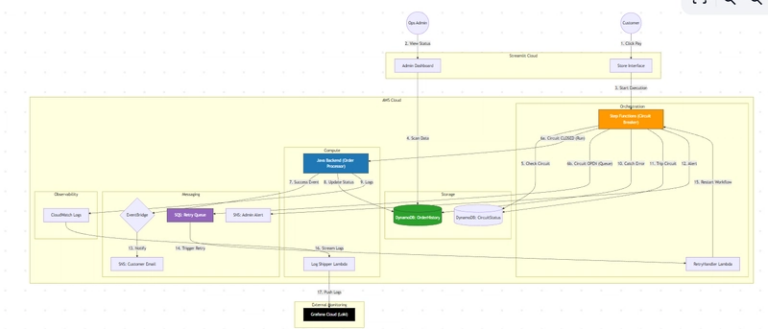How I Structure My FastAPI Projects for Clean, Scalable Code
When I started working with FastAPI, I quickly realized one thing:
Project structure matters.
A messy project becomes hard to scale, hard to maintain, and hard to debug — especially when you’re working on real-world APIs or collaborating with a team.
Over time, I settled on a project structure that keeps things organized, clear, and ready to grow. In this post, I’ll walk you through the structure I use and why it works for me.
⸻
🗂 FastAPI Project Structure Example
Here’s what my folder structure looks like for a typical FastAPI project:
app/
├── admin/ → Admin operations (separate logic for admins)
├── models/ → SQLAlchemy database models
├── schemas/ → Pydantic request & response schemas
├── crud/ → Database operations (clean, reusable functions)
├── routes/ → API endpoints, cleanly separated by feature
├── core/ → Auth logic, password hashing, reusable dependencies
├── database.py → Database connection & session setup
├── config.py → App settings & environment variables
alembic/ → Database migrations (optional, recommended)
env/ → Virtual environment folder (optional)
.env → Secrets like DB URI, JWT keys
requirements.txt → Project dependencies
💡 Why I Like This Structure
✔️ Separation of Concerns — Each folder has a clear responsibility
✔️ Easy to Scale — As features grow, everything stays organized
✔️ Cleaner Routes — No messy logic inside route files
✔️ Team Friendly — Easy for new devs to onboard and understand
✔️ Good with Extensions — Works well with JWT auth, Alembic, etc.
📦 Quick Notes on Key Folders
• models/ — Pure database models using SQLAlchemy
• schemas/ — Pydantic schemas for validation and serialization
• crud/ — Handles database queries so routes stay clean
• routes/ — Your API endpoints organized by feature (e.g., auth.py, coffee.py)
• core/ — Authentication logic, password hashing, reusable dependencies like get_current_user
• admin/ — Optional, useful for admin-specific operations
✅ Conclusion
A clean project structure won’t solve all your problems — but it definitely saves you time and headaches down the road.
This structure works for me on both small and growing FastAPI projects, and I’m always open to improving it.
How do you structure your FastAPI apps?
I’d love to hear your suggestions, ideas, or different approaches in the comments! 🙌
fastapi #python #webdev #backend #projectstructure #softwarearchitecture

